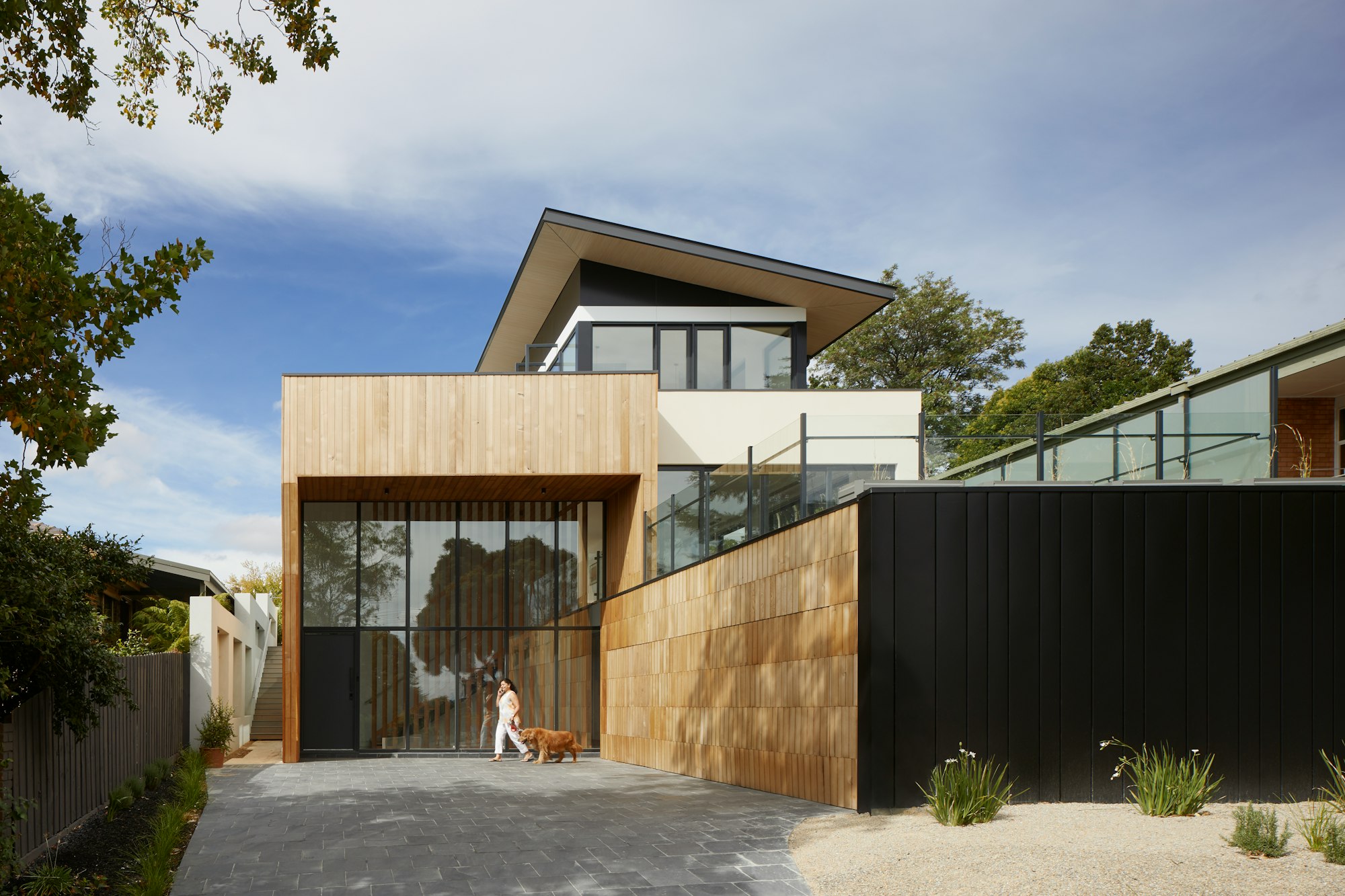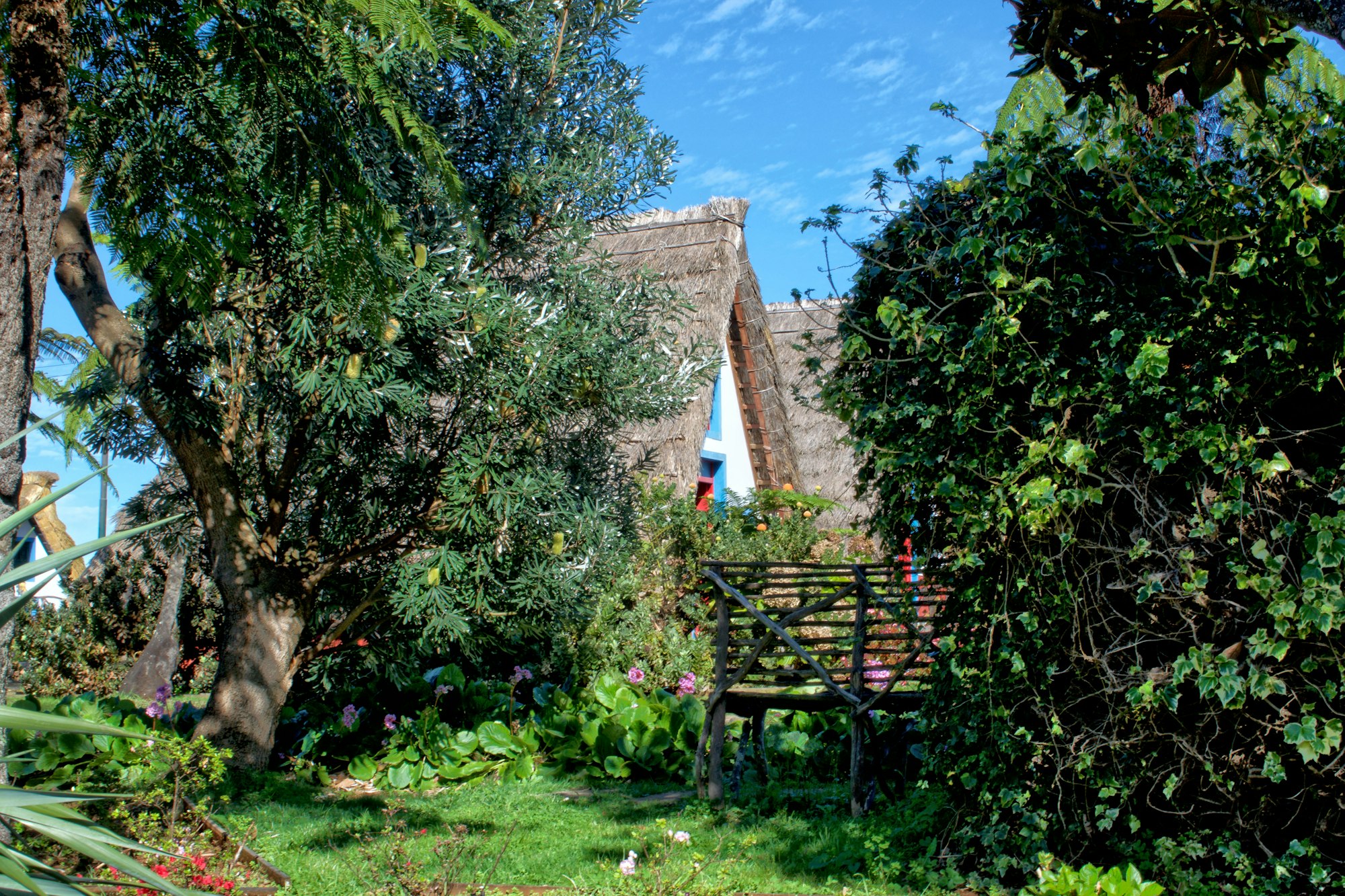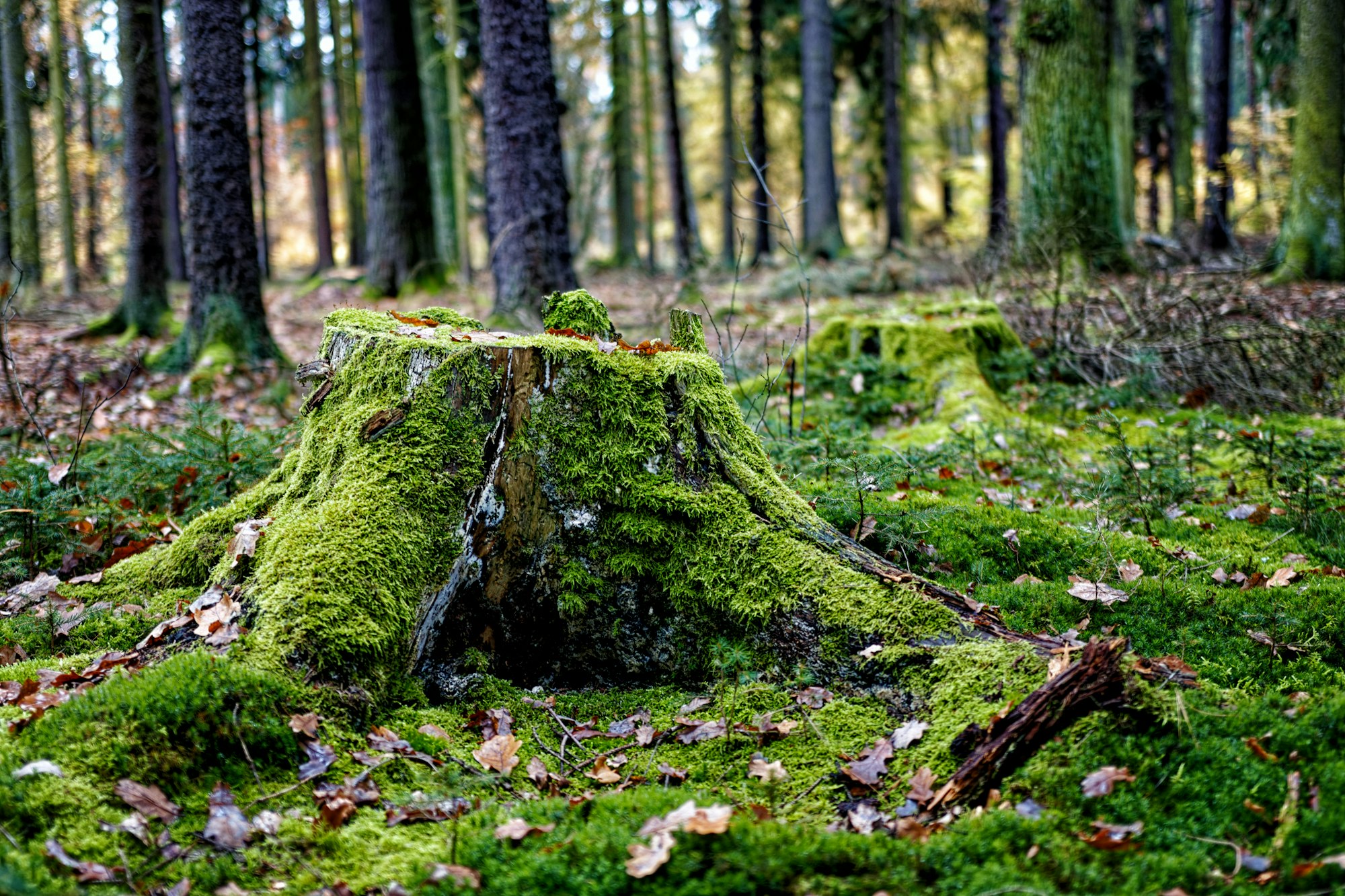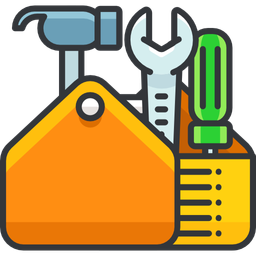Here’s a quick list of checks that can be done pre-site purchase that will save you thousands.
It’s not that the presence of any of these items is undesirable, it’s just being informed of the costs associated with each in advance so you can factor this into your purchasing decision will make your journey much smoother.

- Ask for the compaction certificate from your developer or real estate agent
- Ensure you have at least 30m of clear space from your house to heavily wooded areas (trees and scrub)
- Avoid house sites close to airports (if possible)
- Avoid house sites close to major roads or train lines (if possible)
- If building on a sloping or mountainous area, check first if the site is zoned in a landslip area
- Do a title search and check for old mining tenements under your proposed site
- Pick a site that doesn’t have a sewer or stormwater main running through it
- Sites within proximity to waterfront attract additional costs
- Consider lightweight facades and face brickwork
- Heritage listed sites
- Check for the presence of asbestos fences or buried asbestos (a hard one)
- Conduct a termite inspection using thermal imagery cameras of any existing structures & old trees, inspect neighbouring property structures (without trespassing)
- Do a quick flood Level check and check the surrounding sites for platform buildup, soil importation
- Check if the site has a high amount of acid-sulphate soil
- Check the site is accessible for truck access for deliveries
- Low hanging power lines or power lines crossing parts of the site?
- Have an arborist check mature trees in proximity to the proposed building platform
- Check the site is fully serviced, sewer/water/power/telephone-data
- Check for any existing tree preservation orders
- Check for any animal movement corridors/easements :-)
- Carry out a visual inspection of the site for Fire Ant activity
Architects’ Role in Energy Savings: Building Sustainability
Learn about the crucial role of architects in creating energy-efficient homes. This article emphasises the impact of design choices on household energy use and the responsibility of architects to prioritise sustainability, offering strategies for reducing carbon footprints and energy costs.

Navigating Trees and Construction: Tips for Neighbours
This guide addresses common problems like overhanging branches, root damage, and property disputes, highlighting the Neighbourhood Disputes (Dividing Fences and Trees) Act 2011.

Dying Trees & Stump Removal: A Comprehensive Guide
Dealing with a dying tree or an unsightly stump in your yard? We explain the signs of a dying tree and options for its removal. Learn the basics of stump removal, from digging and cutting roots to using stump grinders, and explore alternative methods.

Understanding Surveys & Contour Plans: A guide 4 homeowners
A contour survey maps land elevation,important for new homeowners in planning and construction. Understand RP and SP roles, contour lines, and reduced levels. This guide helps interpret survey plans for accurate design, drainage, and compliance.

Landscaping for Energy-Efficient Homes
Proper landscaping doesn’t just enhance a home’s curb appeal—it can also boost energy efficiency, reduce costs, and support biodiversity. Explore considerations for designing a beautiful, sustainable outdoor space tailored to Australia’s climate.

Building Your Dream Home: Balancing Time, Cost, and Quality
Building a new home can be both exciting and challenging. To ensure success, it’s important to balance the “holy trinity” of project management: time, cost, and quality. In this article, we’ll explore how you can achieve this balance and create your dream home

How to Calculate New Construction Costs (Step-by-Step)
Learn a practical, step-by-step method to estimate new construction costs with confidence. Start from a square meter/foot baseline, refine with quantity takeoff and unit pricing, then add general conditions, overhead, profit, contingency, escalation, and taxes to reach a total.














